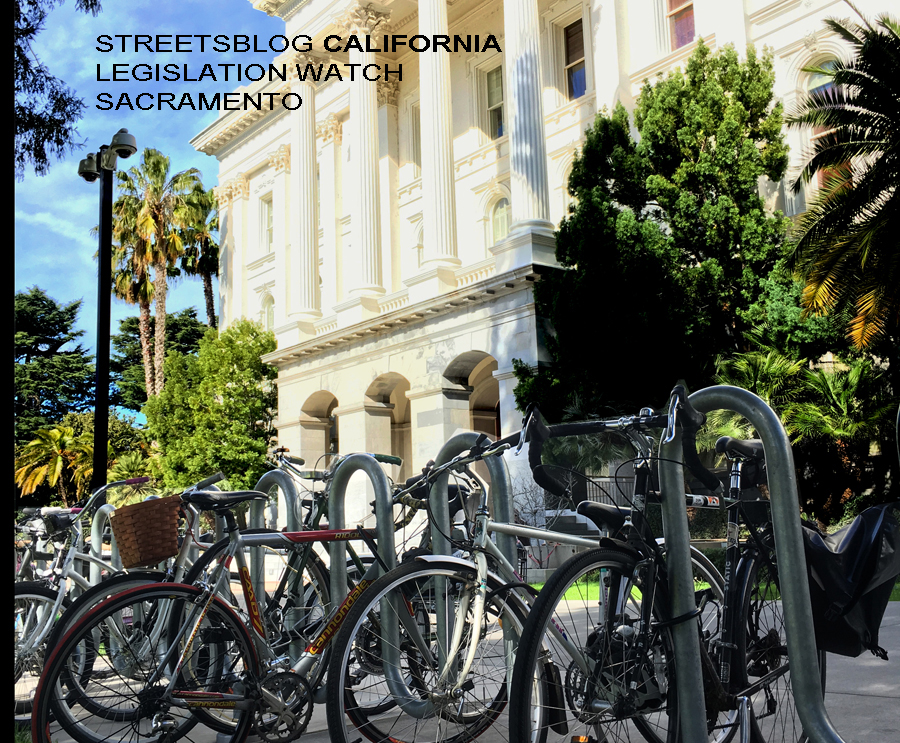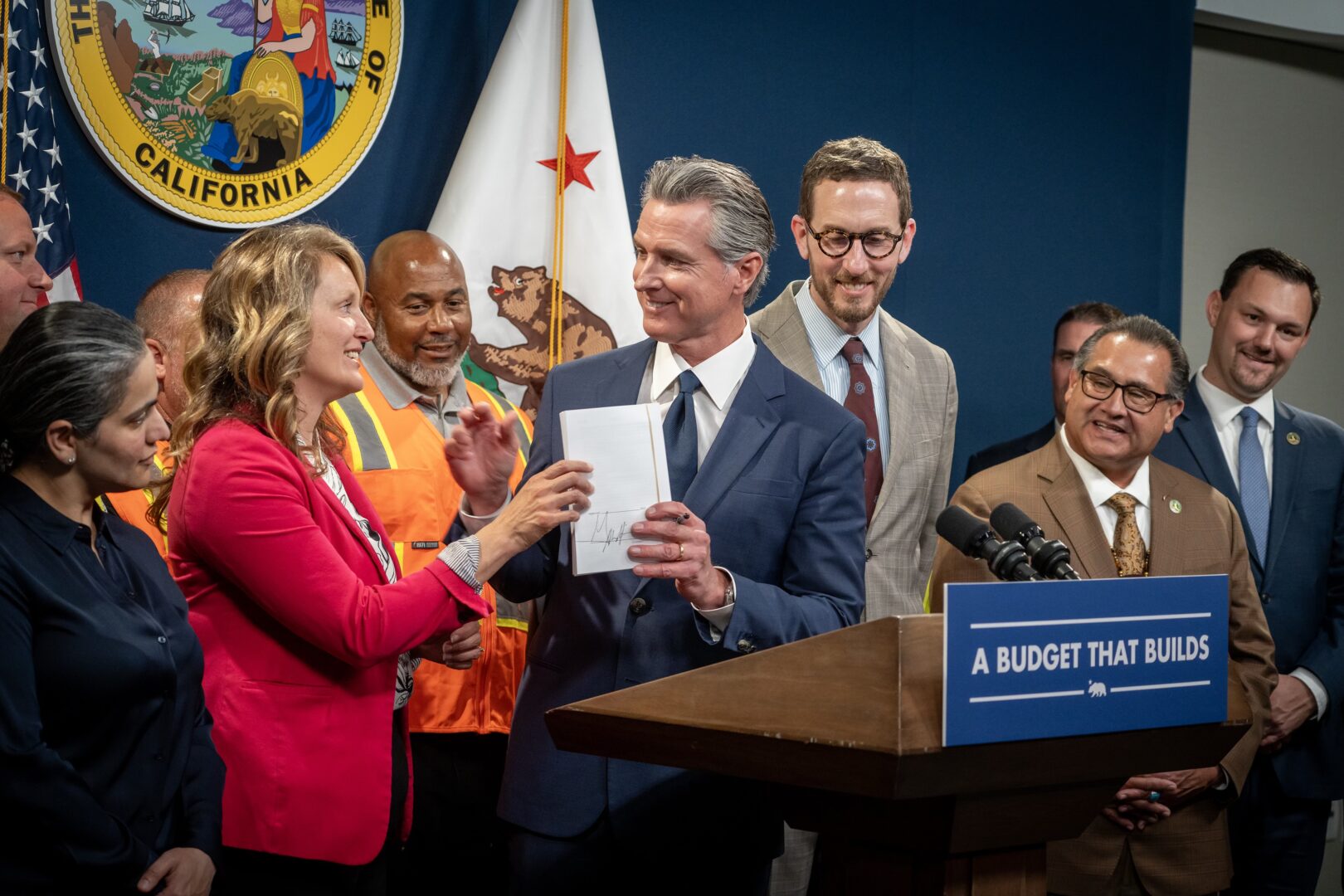This sounds wonky, but it's a big deal, so pay attention:
Governor Brown just signed S.B. 150, from Senator Ben Allen (D-Redondo Beach), which will bring California regional governments a few steps closer to being accountable for working to reduce greenhouse gases.
“S.B. 150 helps California combat climate change by focusing on how communities are designed and built,” wrote Victoria Rome of the Natural Resources Defense Council. “The bill requires consideration of climate change in regional planning, leading to better designed neighborhoods that allow people to walk, bike or take transit instead of spending countless hours in traffic.”
“California continues to lead by enacting smart, forward-thinking climate laws,” wrote Joshua Stark, state policy director at TransForm, “S.B. 150 strengthens our ability to reduce climate pollution from the biggest source — transportation — by improving plans for our state’s future.”
It's well known that planning for housing, retail, and industry affects planning for transportation, and that the kind and quality of one's transportation choices depend in part on how our cities are laid out. California has been grappling with this “transportation-land use connection” for years. Although state policies recognize that reducing greenhouse gases and emissions from transportation is necessary, and that to do so the state must plan more compact communities, figuring out how to make that change has been . . . difficult, to say the least.
Regional governments, tasked with overseeing efforts to reduce vehicle travel, have lacked resources and the coercive power to force local governments to, for example, build more compact housing along transit corridors. And local governments have resisted, insisting on their right to local control over land use decisions and sometimes just ignoring housing targets set by regions.
S.B. 150 does three things:
- It aligns local and regional greenhouse gas reduction targets with state targets, as laid out in state law—that is, regions need to reduce greenhouse gas emissions produced in their areas to forty percent below their 1990 levels by 2030.
- It creates a process to include communities in discussions on how to monitor their regions' progress on meeting these goals.
- It requires the Air Resources Board to regularly report on that progress, as well as on the successes and the challenges regions experience as they move towards—or away from—their targets. This will not only allow a clear accounting of climate change efforts and greenhouse gas reductions, but will help everyone figure out what works, what doesn't, what needs to be adjusted, and how the local context plays into all of that.
It should also get regional governments to take a closer look at their roles in planning for regional transportation, specifically at what they invest in, and whether those investments align with climate goals or are only responding to other, perhaps louder, forces.
The first report from the Air Resources Board will be due in July of 2018.
The fight to get this bill passed was not easy. The sponsors, Climate Plan, a coalition of groups working on state climate change policy, released a report last year on S.B. 375, the underlying law that requires regions to tackle planning for greenhouse gas reductions. So far it's the only report out there that does what S.B. 150 now requires the state to do.
Chanell Fletcher, Director at ClimatePlan, commended Senator Allen and Governor Brown for signing S.B. 150. “This law brings us one step closer to achieving our state’s ambitious goals to reduce climate emissions, conserve natural resources, and create healthy and equitable communities,” she said.
See earlier SBCA coverage for more background information on these issues.






